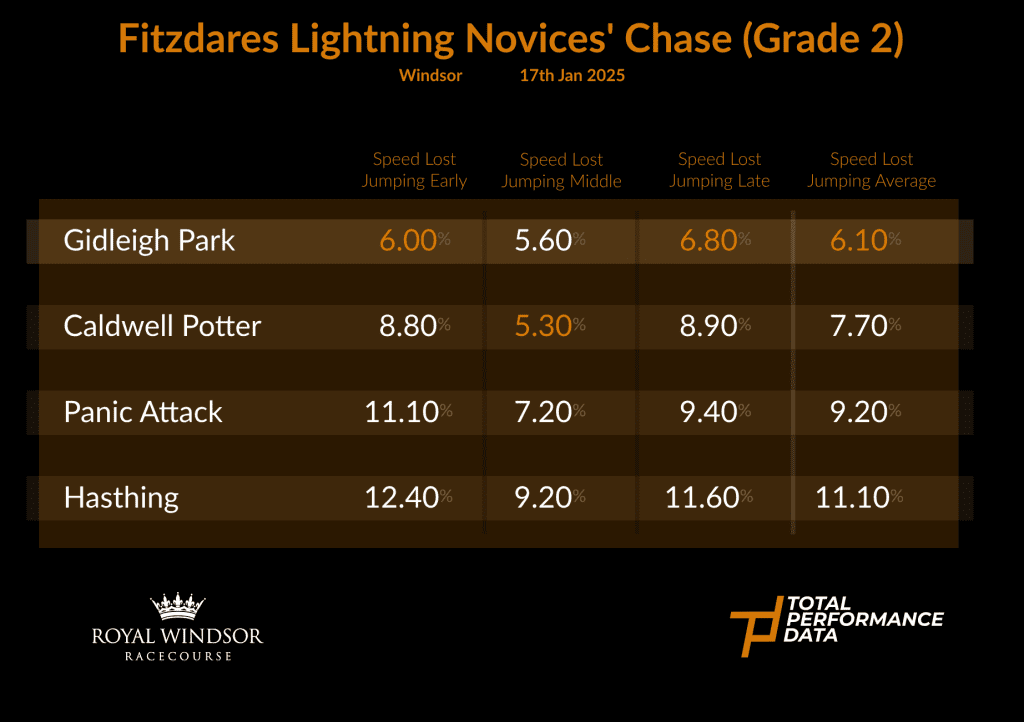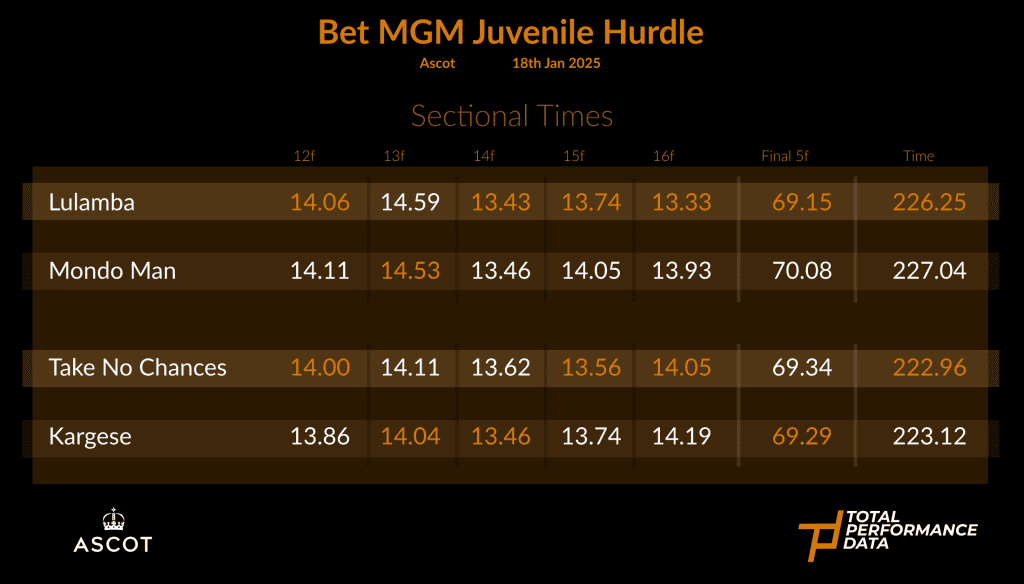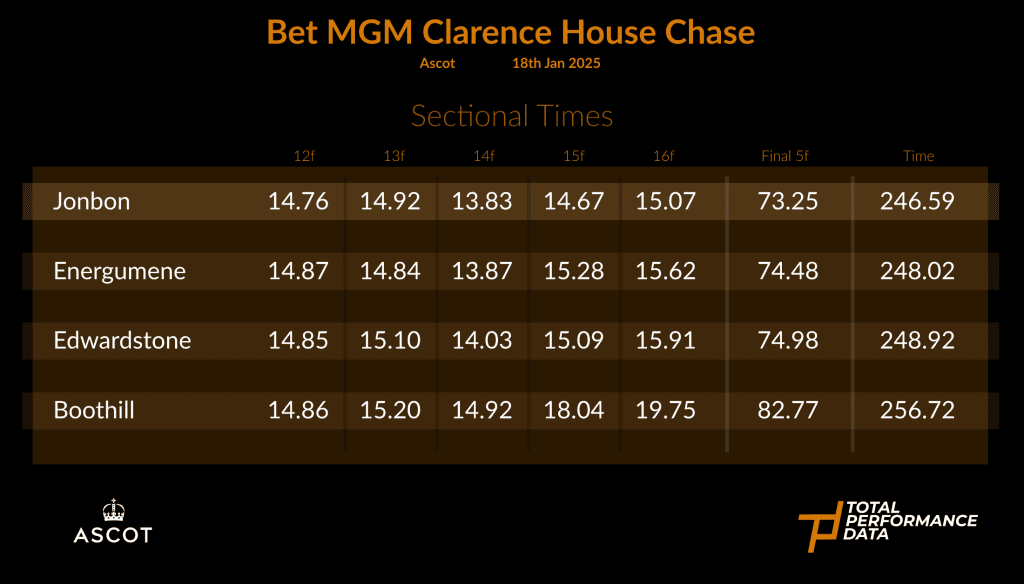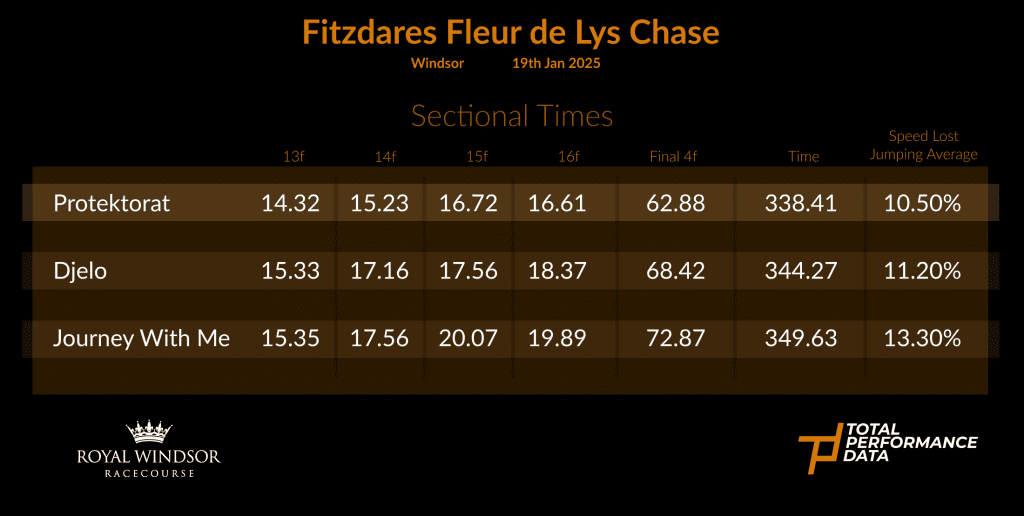A visit to Ascot is always special, but there was an air of anticipation at the Berkshire track on Saturday that felt different. In these days of small fields and 5-meetings per day, it can be very unusual to see lots of stars on the same card away from the Spring festivals, but Ascot’s card included several horses that featured prominently at the head of the Cheltenham Ante Post markets to add to the sense of importance. Jonbon is a remarkable horse and although he perhaps doesn’t get the media attention he deserves because of his stablemate, the cheer as he came under the walkway at Ascot on Saturday would suggest to me that the racing public is beginning to realise that they are in the presence of one of the greats of the sport. The Winter Millions series has been a great innovation for National Hunt racing, injecting some much needed interest into January and this weekend didn’t disappoint. Here are some of my highlights from this weekend’s racing data from TPD, starting at Windsor on Friday afternoon.
Windsor 17th January


Given everything that happened at Kempton before Christmas, this was a remarkable change of fortunes for the connections of Gidleigh Park and a thoroughly deserved success. The fences are there to be jumped and Gidleigh Park certainly did that. Having lost an average of just 6.1% of his speed at his obstacles, he was the most efficient jumper in the race and across the entire card. Considering there were only 4-runners going to post, this race was run at a relatively true clip with a finishing speed of 101.67% and Bryan Carver had his mount in the ideal position throughout. Once shaken up, he quickened readily and was far too quick for Caldwell Potter, coming home in 14.36 and 15.21s with a run-out speed of 28.14 mph. He remains a horse who is full of potential, but to add some context to this, it should be noted that he outpaced a runner-up who clearly doesn’t have the speed for this trip and the 3rd placed Personal Ambition lost an average of 17.10% of his speed at his fences. Gidleigh Park ran the final 2-furlongs in 29.57s, just 0.02s faster than the 125-rated Hasthing who won the last race over 2-miles and 6-furlongs (29.59)
The runner-up might be perceived to have disappointed again, but that is largely due to the reputation forged for him with such a big price tag and it is worth noting that his speed lost jumping average of 7.70% was only bettered by Gidleigh Park on the card. He perhaps lacks the necessary turn-of-foot in the latter stages of his races, a fact confirmed by the data of his latest start when he was readily outpaced in the final 2-furlongs at Cheltenham last month despite having the run of the race in front. He is a very sound jumper and after this experiment back at 2-miles he will surely return to longer distance and I won’t be giving up entirely on his chances of landing a decent pot before the end of the season, though he looks unlikely to deliver in Grade 1 company over fences.
Ascot 18th January
BetMGM Juvenile Hurdle


Lulamba was the Ante Post favourite for the Triumph hurdle prior to his UK debut and following Saturdays 3.5-length victory he is now as short as 6/4 for the race in March. Is that value? Clearly not, but in what looks to be a weak year for the Juvenile hurdlers, he did make a fair statement with this performance. The sectionals above show that he was able to match the Mares in the Grade 2 over course and distance an hour later over the final 5-furlongs. He carried an extra 4lbs and both Take No Chances and Kargese have an official rating of 139, which would suggest Lulamba has the ability to run to the kind of level needed to be a Triumph hurdle contender. I should add for some context, that he ran a slower time overall and he took an extra 3.48s to reach the 5-furlong pole and his finishing speed of 104.70% meant that the opening race was the slowest of the hurdles on the card. However, on his 2nd start, this was a professional performance under a hands ride. Mondo Man, who deserves a lot of credit given how keen he was in the early stages, did briefly threaten, but in the final furlong Lulamba readily quickened away from him, finishing in 13.33s compared to the 13.93s of the runner up. His speed would excite me most, especially in the final 3-furlongs, where his number of strides per second increased to a race peak of 2.27 with the gentlest of encouragement. The Ante Post price doesn’t make any appeal, but the data from TPD would suggest to me that he should at least be favourite for the race in March.
BetMGM Clarence House




Another race at Ascot won by a Cheltenham Ante Post favourite but if Lulamba was about potential, Jonbon’s win was all about class. A 9th win at Grade 1 level for Nicky Henderson’s charge, who was given a very confident ride by Nico De Boinville and once he was asked to quicken rounding the home turn, the response was instant as he came home in 13.83, 14.67 and 15.07s, each of which was the fastest furlong of the 4-runners. Jonbon clocked a top speed of 34.90 mph, easily the fastest in the field (Energumene 34.45 mph) and he ran the fastest split over 7 of the 16-furlongs, but at the business end of the race, he had far too much for the now 11-year-old Energumene. He’s been a wonderful servant to his connections, but the fact that Energumene ran the final 3-furlongs in 44.77s, just 0.26s faster than Edwardstone, would suggest to me that age is catching up with him now.
Despite the fact that the runner-up had a longer average stride length at 22.11 ft (Jonbon 21.72 ft), he couldn’t get himself on terms and much like the race with Shishkin in 2022, Energumene didn’t make it home up the Ascot hill. This wasn’t a flawless performance from Jonbon, who jumped erratically at times, especially during the middle part of the race where he lost an average of 11.6% of his speed over his obstacles, but he was a clear best and unless the ground was extremely testing at Cheltenham in March, it is very hard to make a case for Energumene being able to reverse the form.
Windsor 19th January
Fitzdares Fleur de Lys Chase


This looked to be a competitive renewal of this race on paper but Protektorat turned this into a procession with a brilliant front-running display. An aggressive ride by Harry Skelton proved to be the key to returning last year’s Ryanair winner to peak form as he recorded the most fluent round of jumping in the field with an average of just 10.5% of his speed lost at his obstacles. This despite a couple of understandably careful jumps in the closing stages when the race was won. Neither Djelo (2nd) or Journey with Me (3rd) had any answer to the top speed of 34.25 mph clocked by the winner and when the taps were turned on with 4-furlongs to run, they simply had no response. The winner ran the final half-a-mile in 62.88s, 5.54s faster than Djelo in 2nd (68.42) which included the fastest furlong in the race when he clocked 14.32s for the 19th. Protektorat had a finishing speed of 97.01%, which made this the most strongly run race on the card by some distance (next best Matata 101.02%) and if he arrives in the same form on his next start, presumably at Cheltenham, he could be very hard to beat.